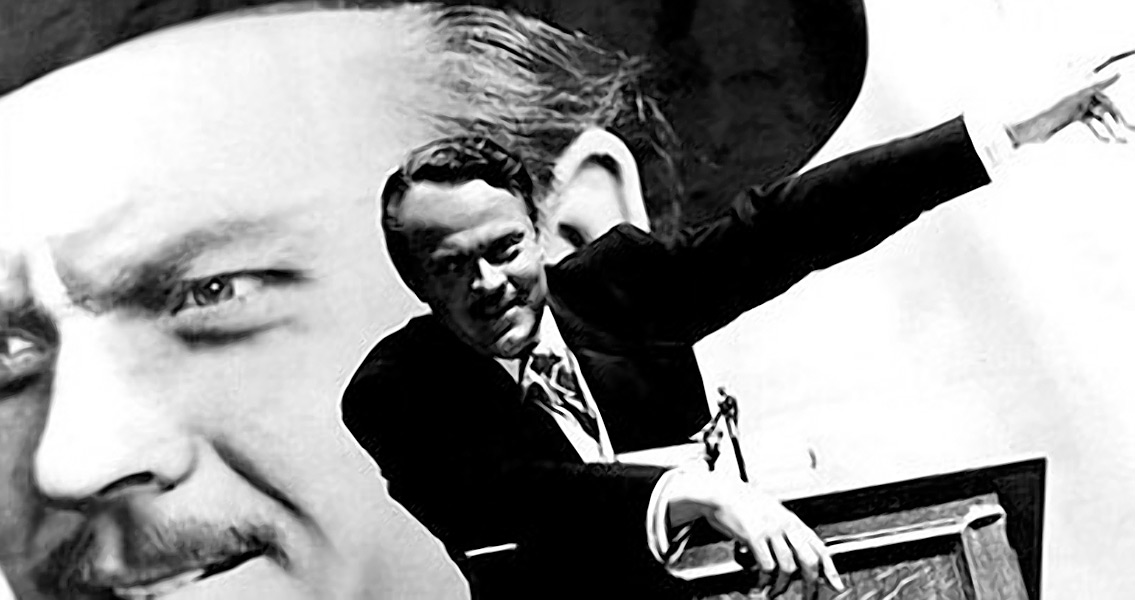<![CDATA[On the 8th January 1941 the epic feud between Orson Welles and William Randolph Hearst escalated dramatically, when Hearst prohibited adverts for Welles' movie Citizen Kane being featured in his newspapers. It was the first step in a bitter conflict that provides a fascinating insight into the balance of power between celebrity status and financial muscle in the USA in the 1940s. The two protagonists in the titanic struggle were amongst the most widely recognised faces in American culture at the time. Orson Welles was an exciting star in Hollywood. At just 24 he had already taken the New York theatre scene by storm and earned notoriety for his radio adaptation of H.G. Wells' 'War of the Worlds', a portrayal of the book so convincing it caused many Americans to believe the fictional alien invasion was a reality. Hearst was a powerful newspaper tycoon, a multi-millionaire in his mid seventies who had significant influence in culture, business and politics. Citizen Kane itself was the centre of the dispute. Written and starring Welles, the movie tells the story of wealthy but declining media tycoon Charles Foster Kane. In the movie, Kane is portrayed as suffering from the excesses and indulgences of his power. He is psychologically traumatised, acutely aware his greatest achievements are in the past, and increasingly isolated. That Hearst was the inspiration for the character was clear. Hearst inherited the San Francisco Enquirer from his father in 1887, and within a decade had turned it into the most popular newspaper in San Francisco. He soon acquired the New York Journal, and from there expanded his media empire into Atlanta, Boston, Chicago and Los Angeles. It is estimated that at the peak of Hearst's power and influence, one in five Americans was reading a Hearst published newspaper everyday. His publications had a specific tone and style that was central to their success. The newspapers were aimed at America's expanding blue collar population. They carried sensationalist content, avoided dense prose in favour of copious use of images, and included features such as lonely hearts columns and sentimental stories. Politically they leaned towards labour unions and reforms in taxation. By the mid twentieth century however, the influence, if not size, of Hearst's media empire had declined due to increased competition. Hearst learned about Citizen Kane through a movie critic for one of his papers, and moved swiftly to prevent the film getting released. Fact often gets mixed with fiction in terms of the lengths he actually went to, but it is clear that Hearst wielded his still significant influence to try and prevent the movie getting widely distributed. Stories of Hollywood executives attempting to buy the film to destroy the negatives, newspapers and slurs against Welles, FBI investigations and intimidation of distributors might not all be true, but Hearst did succeed in greatly limiting the film's exposure when it was first released. It seems Welles ultimately underestimated the power Hearst still held. The popularity of Hearst's newspapers may have declined, but his wealth and political connections remained potent. Although now considered a classic in the history of cinema, Citizen Kane barely broke even on its initial release, in large part due to poor distribution. Citizen Kane is the tale of a fading media tycoon, a relic of the nineteenth century entering his final decline. The reality of the conflict surrounding the film's release however, revealed that the power of celebrity was not enough to overcome political connections and financial might in the 1940s.]]>
The Tycoon Versus the Movie Star
